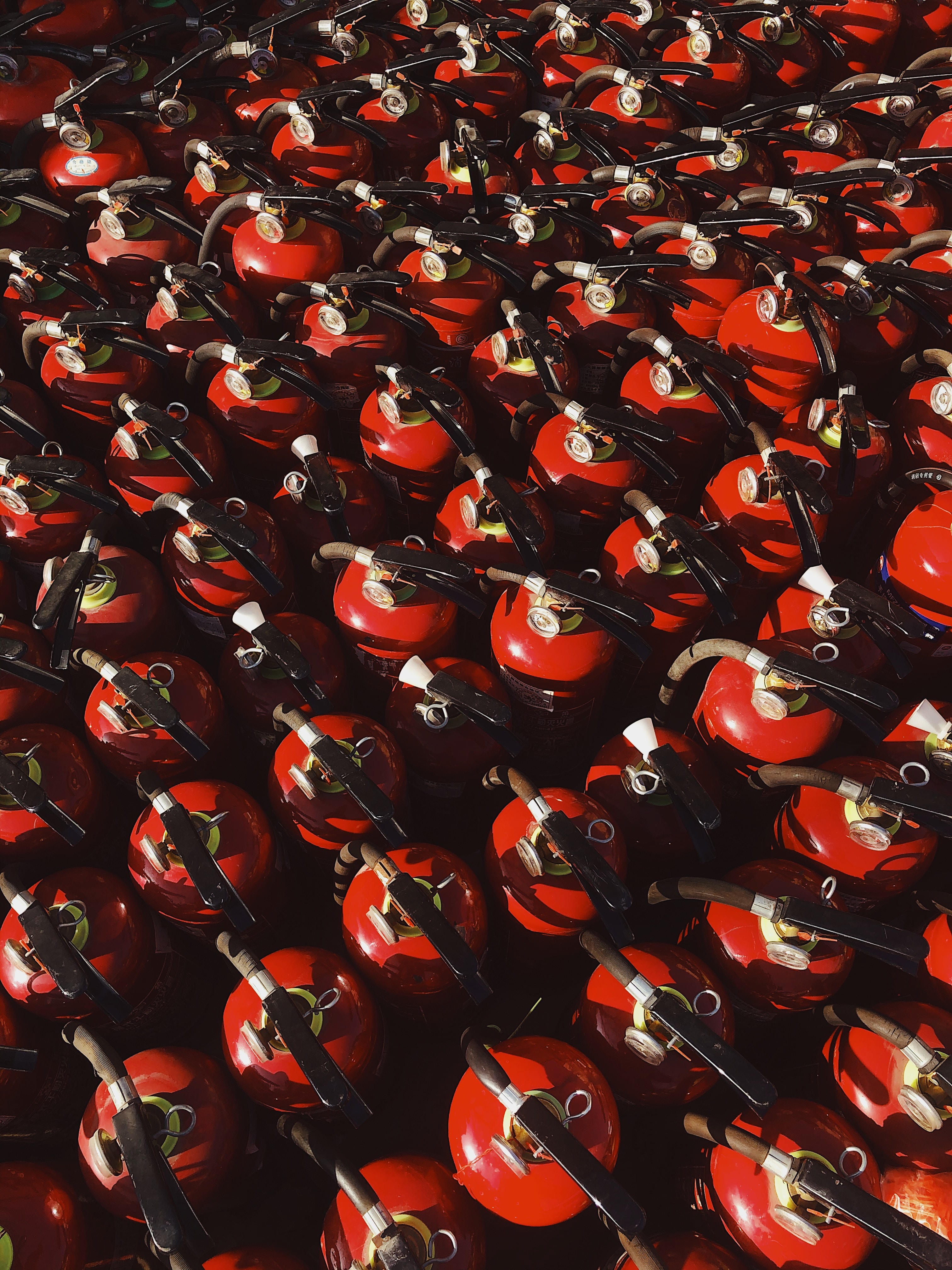Disclosure: This article contains affiliate links from platforms like eBay and Amazon. If you make a purchase through these links, this website may earn a commission at no extra cost to you. Your support is appreciated!
Additionally, consider supporting my content on YouTube! Thank you!
By a fire safety vehicle I don’t mean a full-blown fire engine, but rather a smaller vehicle that is in line with the Safety Car and Medical Car from the FIA during Formula 1 events.
Why do we need it?
Time and time again we see that regular track-side marshals don’t seem to be equipped well-enough to be able to quickly combat larger fires like engine fires. This is unfortunate to see because every second a fire burns there is an increased chance on personal injury and material damage.
On the personal injury side I hope that we will never miss such a vehicle. Realistically speaking fire-proof suits should usually provide enough protection for drivers and marshals should be able to quickly rescue them. In the worst case the medical car can provide assistance as well.
However on the material side I do think that there is significant room for improvement. What we see right now is that fires are burning longer than needed and this has several consequences. One direct consequence is that the car on fire will suffer more damage as it is on fire for a longer period of time. One indirect consequence is that this usually means that the entire session will be red-flagged for a longer period of time, meaning that other teams and drivers will have less practice-time remaining and also the fans get to see less action.
How would the vehicle look like?
The first thing that comes to my mind is a heavily upgraded transit van, or maybe a large pick-up truck. It should offer room to two to four trained professionals and plenty of fire extinguishing equipment as well as tools to remove engine covers, etc.
Being an official FIA car it should be allowed to enter the track under yellow or red flag conditions and all drivers should be made well-aware of this possibility. It should be the same as a driver needing immediate medical assistance despite not all cars having yet returned to the pits.
At which times exactly it should be deployed is something I don’t know, but if there is a large visible fire I do think that it should get ready to jump into action. Of course track-side marshals will still have to deal with the fire initially, but the idea is that the crew of this fire safety vehicle can then quickly put out the fire.
Lessons to be learned
When we take a look at IndyCar there are definitely some lessons to be learned. One of the things that I have always admired about IndyCar is how quickly they respond to incidents, only seconds after a caution is called there will be safety vehicles already attending crashed cars ready to provide medical assistance and extinguish fires.
And take this weekend at Baku for example. When Pierre Gasly‘s car caught fire very early into Free Practice 1 marshals really had a hard time fighting the fire and their initial batch of readily available fire extinguishers even ran out. The car also kept smoking for a long time because it was very hard to put out the fire, how nice would it have been to have the best professional experience ready on the scene within minutes? This incident not only did more damage to Gasly’s car than needed, but it also cost everyone a lot of time during Free Practice 1, and especially during sprint weekends every minute of practice counts.
Final words
Interested in more articles from my blog? Consider subscribing to the newsletter on my Home page. Normally I focus on sports and trading cards, for example these Formula 1 cards on eBay, but doing a background article every once in a while is fun as well.

Leave a Reply